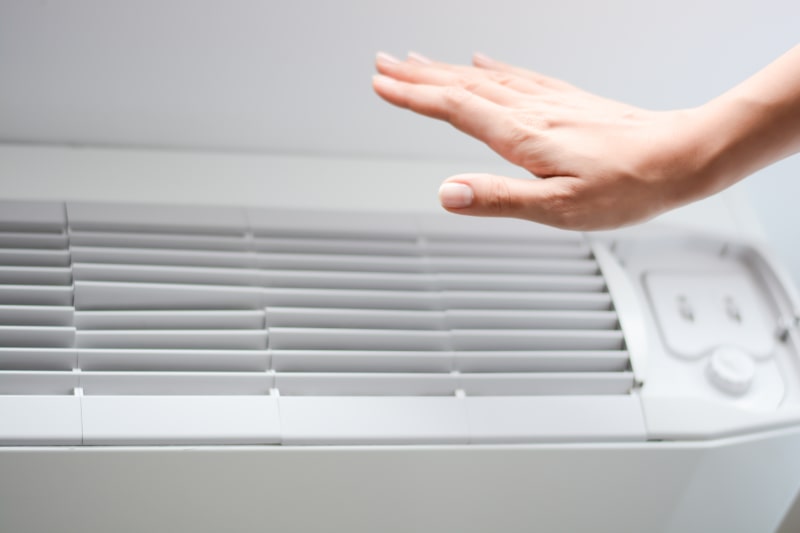
In an era of increasing concern about environmental sustainability, green technologies have become essential to combat climate change. One of the significant contributors to energy consumption is air conditioning systems, which often rely on fossil fuels and can significantly impact our carbon footprint. However, the emergence of variable AC units has revolutionized the industry, offering energy-efficient and environmentally friendly cooling solutions. Let’s explore how to optimize the performance of variable speed AC units for maximum efficiency and eco-friendliness.
Variable speed air conditioners, also known as inverter AC units, are advanced air conditioning systems that continuously adjust their cooling output based on the temperature & humidity demands. Some examples of variable speed units you might recognize are Carrier Green Speed otherwise known as the Infinity System. Unlike conventional AC units that work in an on-off cycle, variable speed units maintain a more stable indoor environment while using less energy, resulting in reduced operating costs and a lower impact on the environment.
Achieving optimal efficiency hinges on accurately sizing and installing the variable speed air conditioner. An undersized unit might struggle to cool a space efficiently, leading to excessive energy use, while an oversized unit could perpetually cycle on and off, wasting energy. Seek professional assistance to determine the appropriate unit size for your space and ensure a proper installation for optimal performance.
Like any mechanical system, variable speed AC units require regular maintenance to function at their best. Dust and debris can accumulate on the coils and filters, reducing the unit's efficiency. While variable speed AC units require less energy, Stan’s professionals recommend regularly cleaning or replacing filters and schedule annual maintenance to keep the system running smoothly.
Set your variable speed AC unit to a reasonable temperature that promotes comfort without excessive cooling. Stan’s professionals recommend keeping the thermostat at around 75-78°F during hot summer days to strike a balance between comfort and energy efficiency. Variable technology is designed to run for most of the day, with the lower compressor and blower speeds needed to maintain desired temperature and humidity once the space has been climatized, you can feel worry free that the energy consumption will still be low. When a variable speed system is not set on a program or just set at a certain temperature and left alone, it can be less efficient due to the higher compressor and blower speed required to maintain the desired temperature and humidity.
If your home or building has different cooling needs in various areas, consider implementing zoning techniques. Zoning allows you to divide the space into separate cooling zones, each with its own thermostat, ensuring that you only cool the areas that require it.
Variable speed AC units provide an excellent opportunity to reduce energy consumption and contribute to a more sustainable future. By following the tips mentioned in this blog, you can optimize the performance of your variable speed AC unit, lower your carbon footprint, and enjoy comfortable living while being environmentally responsible. Make the switch to a variable AC unit today and become a part of the solution to combat climate change.